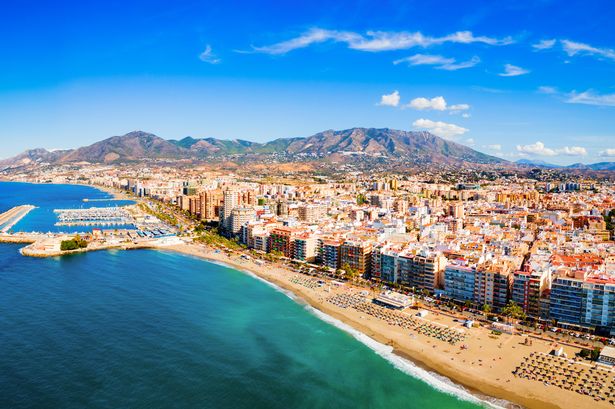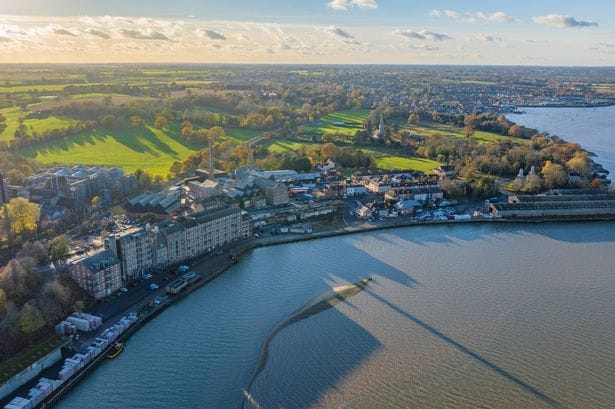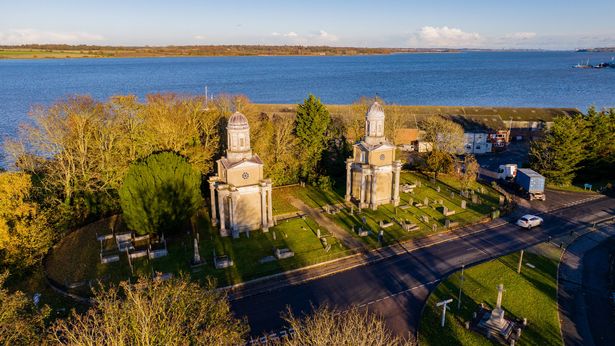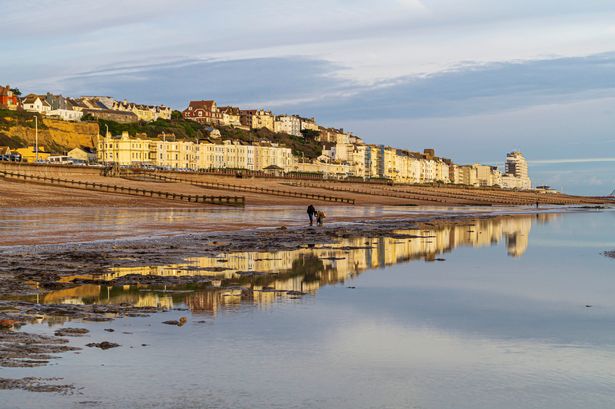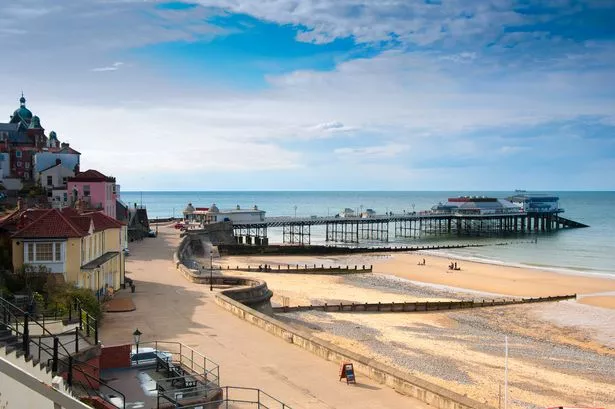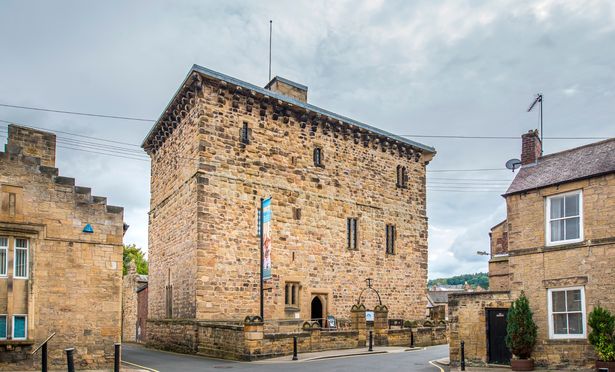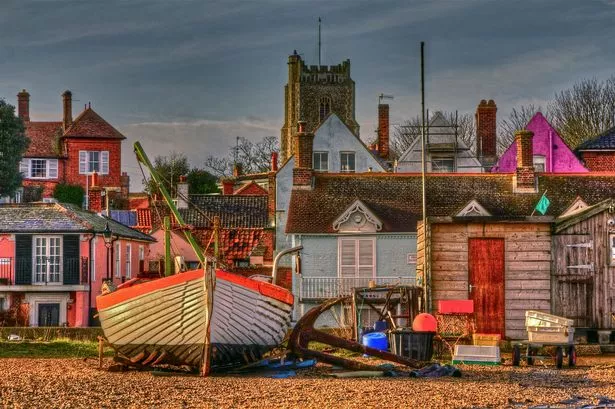A city in the Costa del Sol has been named the top destination for expats considering a move to Spain, highlighting its easy-going lifestyle and excellent weather
A new ranking has named this seaside town the best place for expats to settle down in Spain. Beating out cities like Barcelona and Madrid, this destination topped Nomad Capitalist’s ranking thanks to its convenient access to the sea and the “relaxed lifestyle” of residents.
Malaga sits in the heart of Spain’s popular Costa del Sol, which has been a hub for holidaying Brits for years. The beaches are the biggest draw of the region, with miles and miles of sandy shores – many of which are dog-friendly – and pristine waters.
The city centre of Malaga is “lively and a cultural hub” according to Nomad Capitalist, but the if you’re looking for something a bit quieter, the villages east of the capital might be a better fit. Villages in the province of Malaga like Frigiliana are tranquil and filled with whitewashed houses in the classic Andalusian style.
The weather and superior transport in Malaga compared to other Spanish destinations are other factors that contributed to its top ranking. Though Malaga did experience a freak hail storm this past March, the result of Storm Martinho.
READ MORE: ‘Some say community is ‘annoying’ but as an expat I couldn’t live without mine’
While the merits of Malaga are certainly bountiful, it’s important to note that housing shortages and the impacts of over-tourism have caused tensions to grow between locals, foreigners and city councillors. In April 2025, mass demonstrations overtook 42 cities across Spain including Malaga to draw attention to soaring rental prices and housing shortages.
The clear and defiant message seems to have resonated with the Malaga City Council, which reportedly cancelled plans to build 1,300 tourist homes in the city. The new city strategy will veer away from property sales to non-Spaniards, considering a “total ban” altogether.
Malaga City Council has already worked to introduce new measures to curb the construction and acquisition of tourist housing after growing animosity from locals in recent years. But after recent protests and the projected plans for a summer of tourist disruption, Mayor De La Torre said “a global moratorium” is under consideration.
Despite the growing tensions, Malaga remains one of Spain’s top tourist destinations, attracting around 14 million visitors last year. And while it tops Nomad Capital’s list of the best expat destinations in Spain, they emphasise that there is no one single Spanish city ideal for all expats.
While Malaga may be best for sunbathers, Barcelona is ideal for foodies and Granada has proved to be an excellent based for winter sports enthusiasts. You can find the full ranking of the Top 11 Spanish expat destinations below.
The top 11 Spanish destinations for expats
- Malaga
- Sotogrande
- Madrid
- Barcelona
- Seville
- Valencia
- San Sebastian
- Granada
- Bilbao
- Ibiza
- Zaragoza
